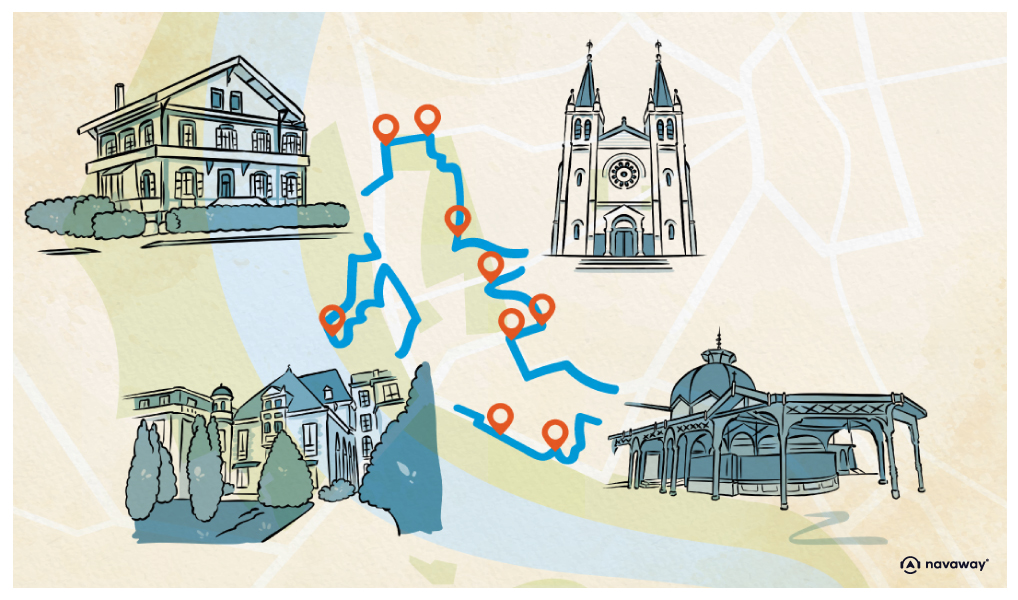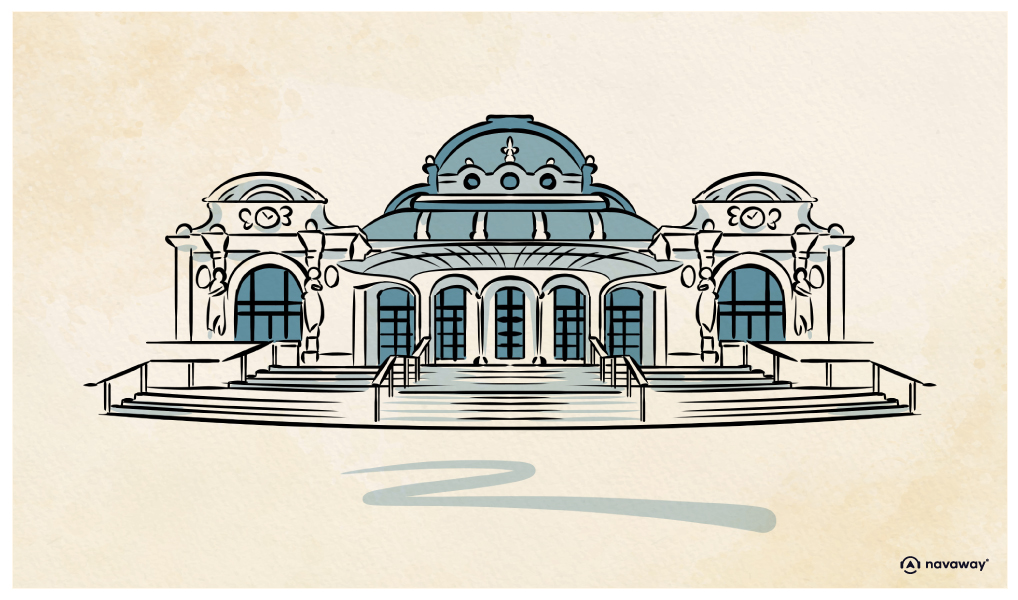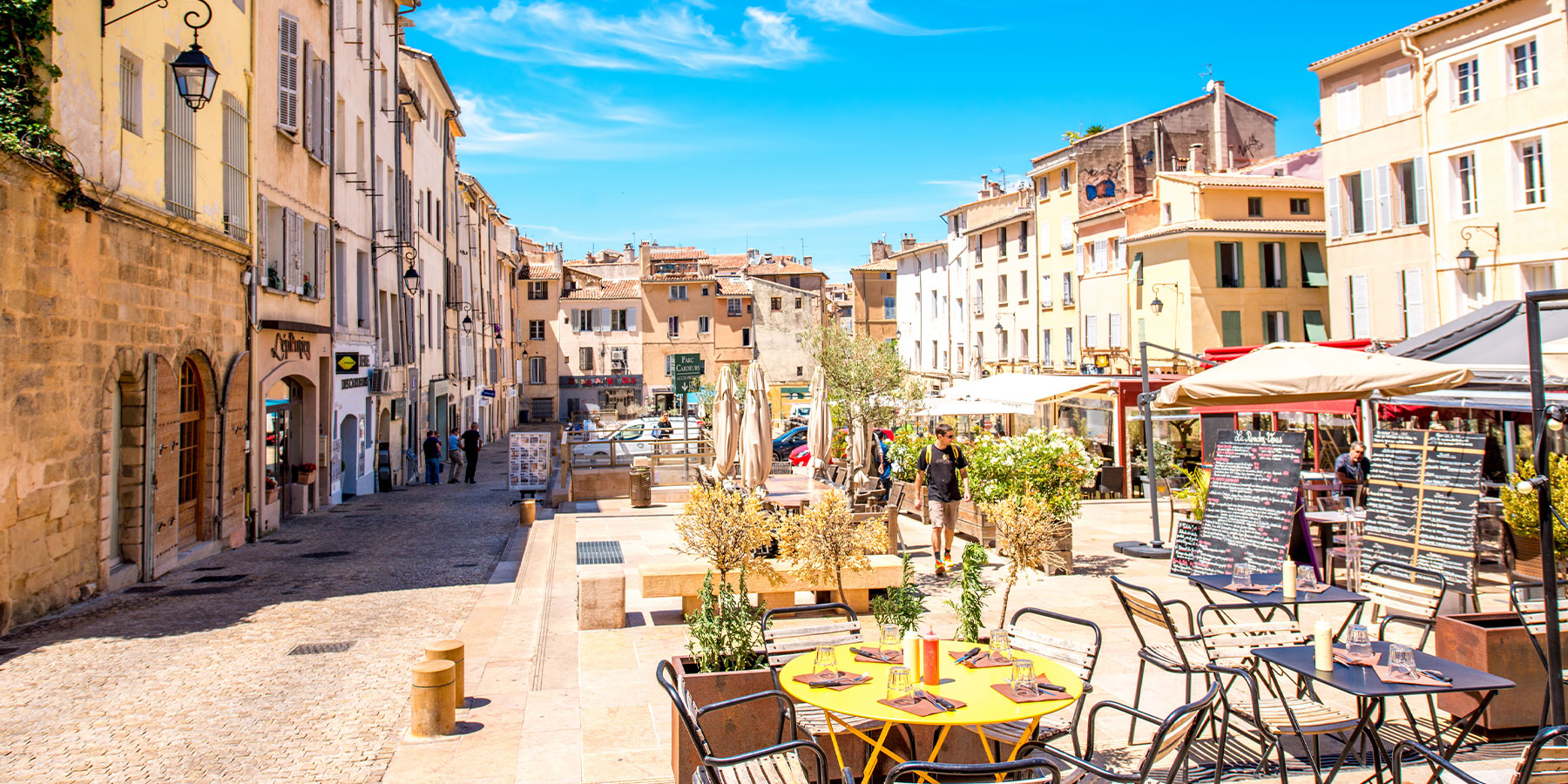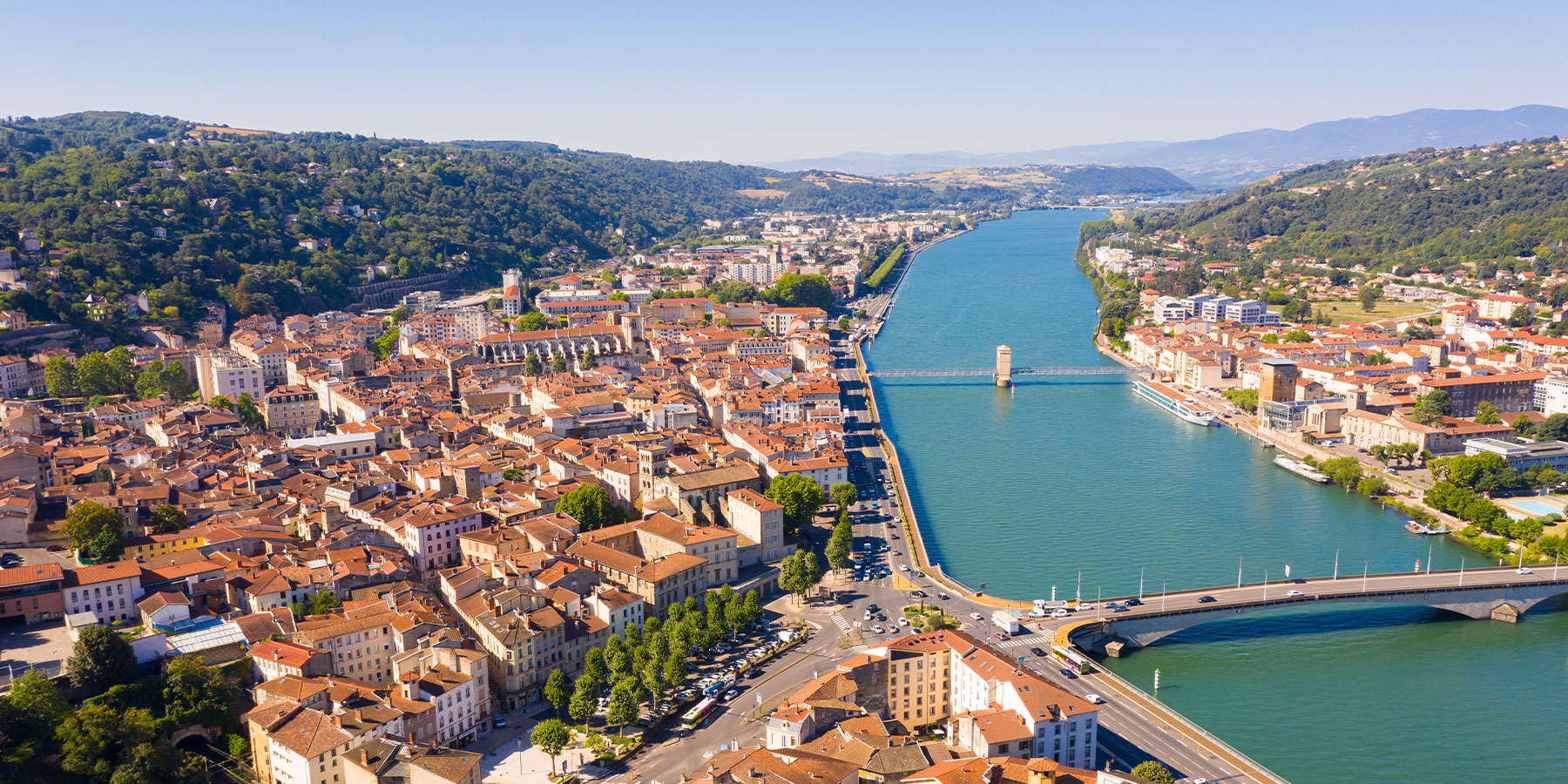
Convention center & Opera House

This point of interest is available as audio on the tour: Visit Vichy, The Water Frenzy
So how does it feel to be standing in front of Vichy’s most famous landmark? It’s quite a head-turner, isn’t it? The Vichy Convention Center & Opera House sits right in the city center, surrounded by 6 hectares of lush greenery. It’s a stunner, for sure, but what truly sets it apart is its architectural, artistic, and overall historical importance. Vichy’s rise to fame began in 1861, thanks to Napoleon III’s love for the thermal baths there. Every summer, the city would be flooded with spa visitors following the trend set by the emperor. While most of them would come to take the waters, some were also looking to have fun. Problem was, Vichy, unlike other European spa towns, had no entertainment venues back then. To keep up with the competition, Napoleon III ordered the construction of Vichy’s first casino-theater, designed by architect Charles Badger. It opened its doors on July 2nd, 1865, and it had gambling rooms, a reading room reserved for men, a conversation area for ladies only, and a big ballroom. It was a great start, but with the growing number of spa guests, it soon became clear that they needed more. That’s why, in 1898, they built an Art Nouveau-style Italian theater right next to the casino. Designed by architects Charles Le Cœur, Lucien Woog, and Jules Simon, the theater was officially completed in 1903. It could seat about 1,500 people and it was the largest one in the region back then. Its interior is equally impressive; it’s the work of several skilled artists and artisans. Where do I even begin? There’s the sculpted ornamentation, the magnificent domed ceiling with hundreds of light bulbs, the beautiful ivory and gold hues, and the large floral frescoes. The walls are also adorned with portraits of famous artists like Sarah Bernhardt, Réjane, Mounet-Sully, and Coquelin. Between 1901 and 1964, the theater thrived, hosting an average of 90 performances each summer, including operas, plays, and ballets. Activities picked up again even after World War II, but Vichy’s Grand Casino eventually shut down in the 1970s due to the waning popularity of spas. The city bought the rundown building in the following decade and started restoring it to its former glory. Today, the Vichy Congress Center & Opera House is open to visitors, plays host to business tourism events, and continues to stage around twenty shows per season. It’s a true cornerstone of Vichy’s cultural life!


Discover Vichy with app
An interactive guide through the most beautiful streets, squares, and districts
27 fun audioguides full of historical facts, anecdotes, and legends





Comments